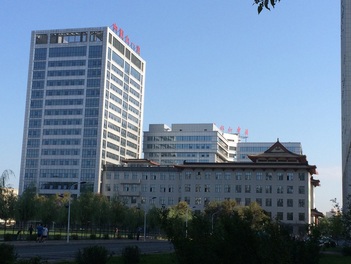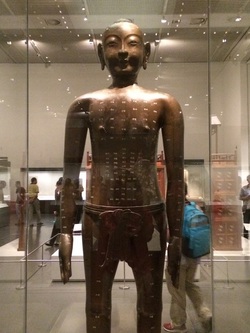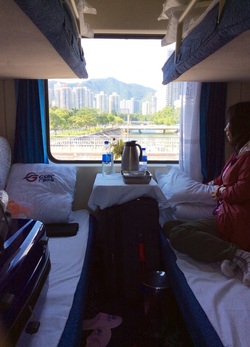
So it was a wonderful opportunity to hear Professor Lu Jin Rong (second from the right in the photo) talk about the basics of scalp acupuncture last week. Compared with classical acupuncture, which has been around for at least 2,000 years, scalp acupuncture is a new development, having been developed in China only over the past 40 years. It is a combination of acupuncture needling techniques and modern knowledge of the brain and its functions.
As a student, I learned the 360 classical acupuncture points -- although only about 100 are commonly used in clinic. However, scalp acupuncture does not use acupuncture points per se, but rather areas on the head that are related to different functions. Professor Lu taught us how to find the motor zone (used for paralysis of the body and face, including speech problems), sensory zone (for numbness like in neuropathy), tremor zone (to reduce symptoms of Parkinson's), and visual and balance zone on the scalp. Professor Lu showed us the techniques for needling and manipulation. It was an amazing afternoon, and was exactly one of the reasons I came to China.
This is not to say that we can be experts with stroke and facial paralysis anytime soon, but it gives us a good grounding to be able to go away and do our own research and try these techniques in clinic when we go home.





 RSS Feed
RSS Feed